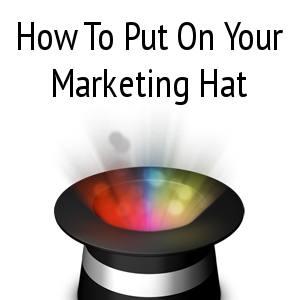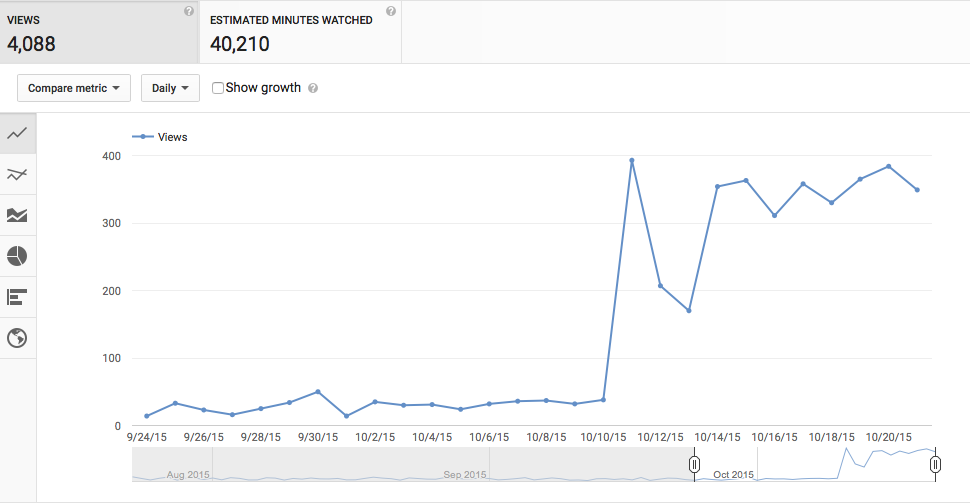I did something different for this video…all screen. While it won’t be the norm, I occasionally like to sprinkle these types of videos in.
If you are looking to boost your revenue as an affiliate marketer, then this is the right video for you.
I’ll talk about which opportunities you should pursue to make the most sales and a hefty commission per sale.
I talk about some of the tools that I am using to help out with my affiliate marketing process.
[Tweet “How To Increase Your Affiliate Marketing Revenue.”]




